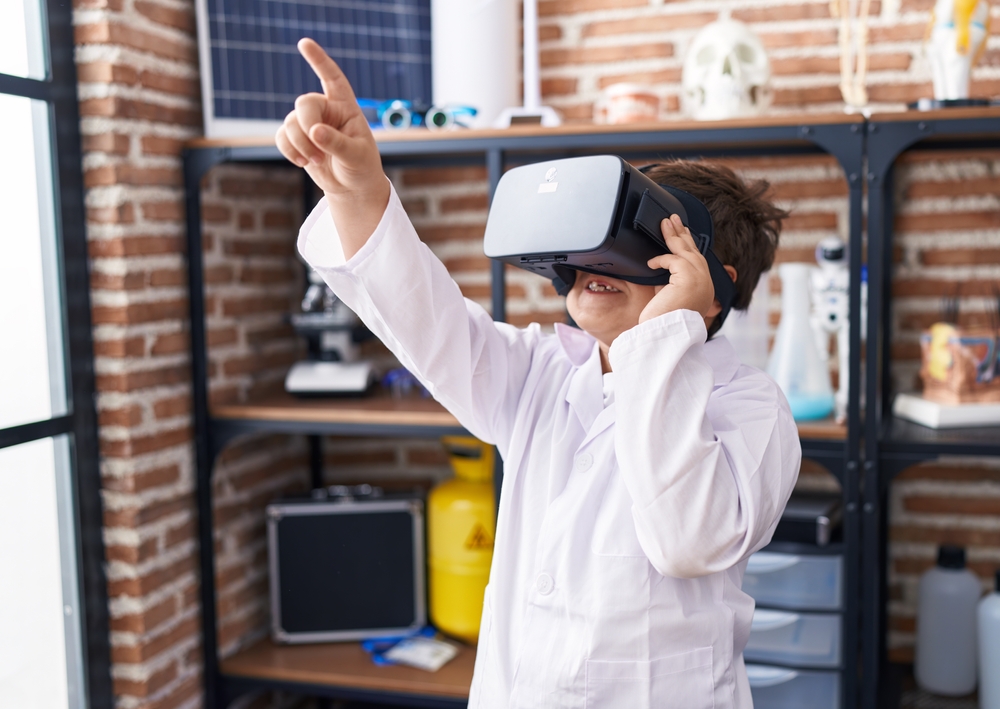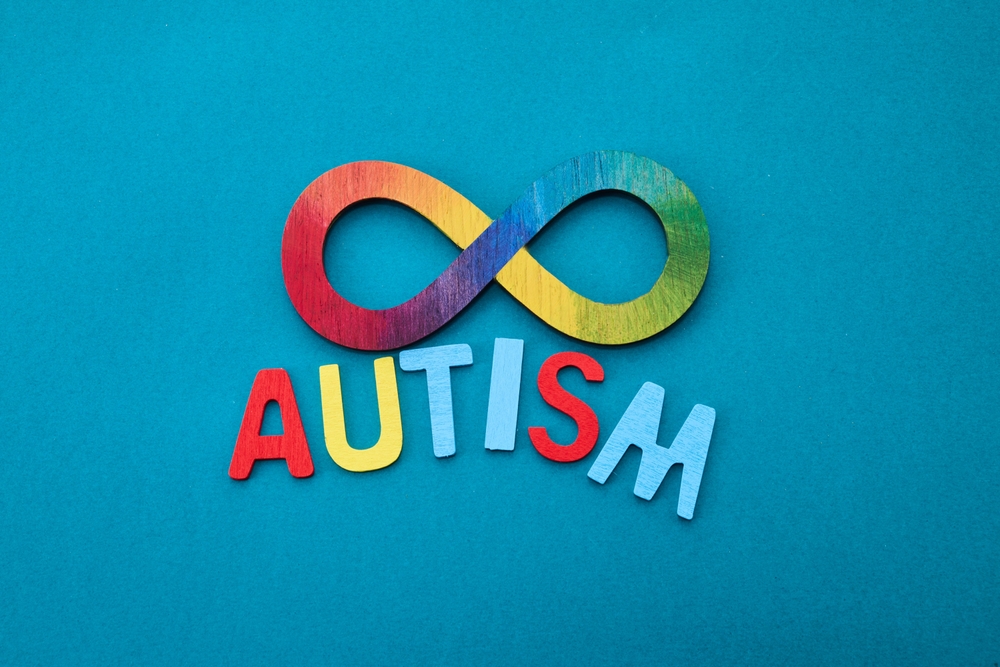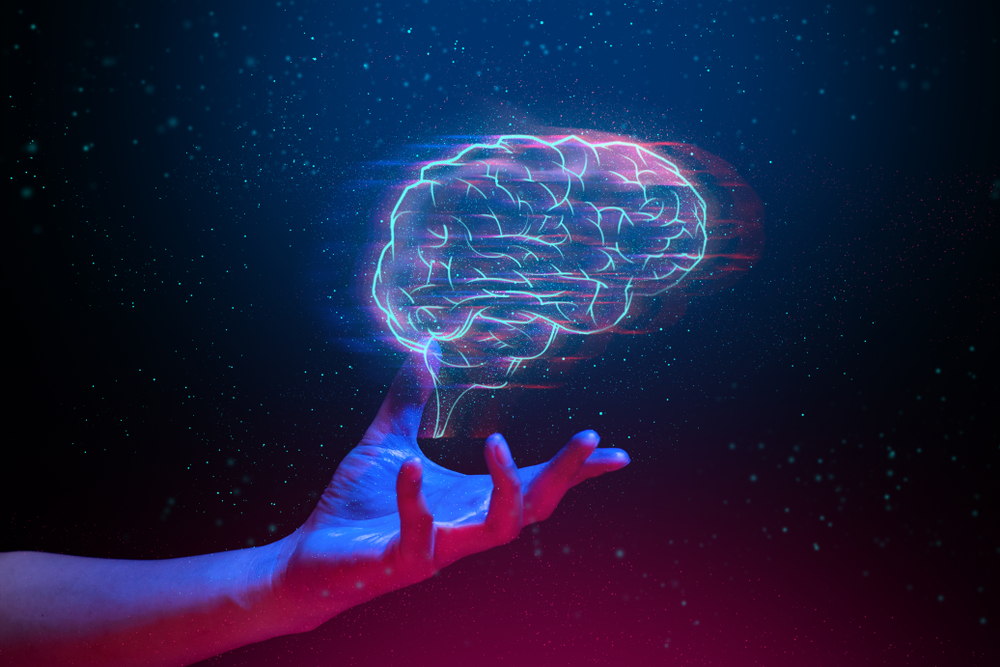
Roughly 1% of the global population has autism, with this neurological and developmental disorder being diagnosed more frequently since the early 2000s. With the growing number of individuals with autism and the popularity of virtual reality reaching an all-time high, you may ask yourself – is virtual reality good for children with autism?
At the School of Modern Skills, we aim to arm our students with all the knowledge that will make them succeed in all walks of life. We have state-of-the-art academic facilities and classes on everything from social studies and art to coding and robotics – something that could be the future of education. We blend technology into everything we do, because with an ever-changing and evolving world, we want to prepare our children for the future.
Here, we will look into virtual reality and whether it’s good for children with autism by looking at the evidence.
Understanding Autism
Autism, or autism spectrum disorder (ASD) is a difference in the way your brain works – it is not a disease or illness. However, people with autism often do face struggles that others don’t. As autism is a spectrum, everyone’s experiences are unique.
Some individuals with autism don’t need any support to go about their daily lives and thrive, while others might need help every day. People with autism can also have varying levels of intelligence, just like anyone else, and it’s important not to let stereotypes influence the way we perceive and interact with others.
Common Signs of Autism in Children

There are various signs of autism that you can look out for to get an idea if your child is autistic or not. However, they will need a formal assessment with a professional to get a diagnosis.
It’s important to note that the signs of autism can change over time, and signs of autism in adults can be different from those seen in children.
In young children, you might find the following signs:
- Avoiding eye contact
- Don’t do as much pretend play compared to other children
- Don’t talk as much as other children
- Tend to repeat the same phrases, often without reason
- Repeat movements (e.g. rocking their body, tapping, flapping hands)
- They get very upset when encountering a sound, smell, or taste that they don’t like
- Tend to avoid eye contact
- Often don’t respond to their name
In older children, the signs of autism can grow and change, so look out for the following:
- Difficulty describing or knowing how they feel
- Tendency to take things literally
- They may prefer to be on their own or find making friends difficult
- Get upset when asked to do something
- Having a keen or “special” interest in particular activities or subjects
- Thriving with routines and getting upset when that changes
- Repeating phrases, often without reason
- Talking “at” people and info dumping
- Difficulty understanding what others are feeling or thinking
Autism can look different in boys and girls, as well. In fact, autism has been underdiagnosed in girls because of their ability to mask better and hide many signs and tendencies. For example, autistic girls are more likely to withdraw from a situation if they find it difficult, and they can appear to cope better when in social situations.
What is Virtual Reality?
There is often some confusion regarding virtual reality and mixed reality. However, these are two very different things, though they can both be used in educational contexts. Virtual reality can be an excellent learning tool for children with ADHD, but is also useful for any child.
In VR, the “real” environment is substituted for the technology environment – whether this is in the form of games, videos, or something else. For this, the user has to be wearing an immersive VR device, such as the Samsung HMD Odyssey+.
How Virtual Reality Can be Used in Education
Virtual reality can play an interesting role in education through the use of technology to immerse students in virtual worlds in order to learn. In the “real” environment is substituted for the technology environment – whether this is in the form of games, videos, or something else. For this, the user has to be wearing an immersive VR device.
With that being said, augmented reality is more commonly used in educational settings and allows for digital or virtual information or data to be overlaid across our environments to create a blend of the two.
Is Virtual Reality Good for Children with Autism?
As incredible and useful as virtual reality is, there are limitations to it, as well as dangers. Dubai schools are utilising virtual reality and mixed reality learning in the most incredible ways, but this always needs to be done safely.
Virtual reality is safe for children, but not young children, as we do not yet know what kind of impact it could have on young, developing brains. However, mixed reality via augmented reality is hugely beneficial and can promote cognitive engagement while helping students understand challenging topics.
In children with autism, virtual reality can have beneficial outcomes. What benefits, exactly? We will look at this below.
What Are the Benefits?
Children with autism can use virtual reality to improve their social skills, according to a recent study in 2022. With this technology, children can better learn about social interaction, understand facial expressions, and learn more about appropriate social behaviour.
With that being said, there are limited studies on this topic, and more research is needed to determine the extent of virtual reality’s benefits for children with autism. There could be untold benefits that are yet to be discovered regarding how VR can help.
Within education, VR can be notably useful for children with autism because it can help them focus. A common problem that those with autism face is difficulty focusing when in certain environments such as classrooms where there are noises and distractions everywhere. By using virtual reality, a child with autism will be better able to focus.
Are There Any Disadvantages?
The primary issue associated with using virtual reality is simulator sickness. This can affect anyone, and may result in symptoms such as nausea, dizziness, eye strain, and headaches. However, the added concern for children using virtual reality too much revolves around potential changes and rewiring of their brains, which could have unknown consequences if used at a young age and for extended periods of time.
Other disadvantages of using virtual reality with children who have autism may include the overuse of the technology. Children who struggle with social situations may find it easier to lose themselves in VR, and they may get too used to it rather than speaking to people face-to-face in the real world.
Because children with autism typically like structure and dislike change, it’s imperative that VR is only used as a tool to help children grow and improve, and that it does not become a crutch.
School of Modern Skills

Autism affects many people worldwide, and virtual reality can play a key role in helping children improve their social skills and learn about the world. However, there are limitations, and like anything, these tools need to be used responsibly.
At the School of Modern Skills, there are various facilities available to get the best academic results and teach our students what they need to thrive in the world. You can find out more about our school by looking at our medical care, and health and safety. We also have information on parent inquiry procedures, school calendars and hours, transportation, sports, and our vision.
So, is virtual reality good for children with autism? VR can be a great tool to overcome struggles, but it is best to use these tools with the guidance of professionals.
Continue reading:
